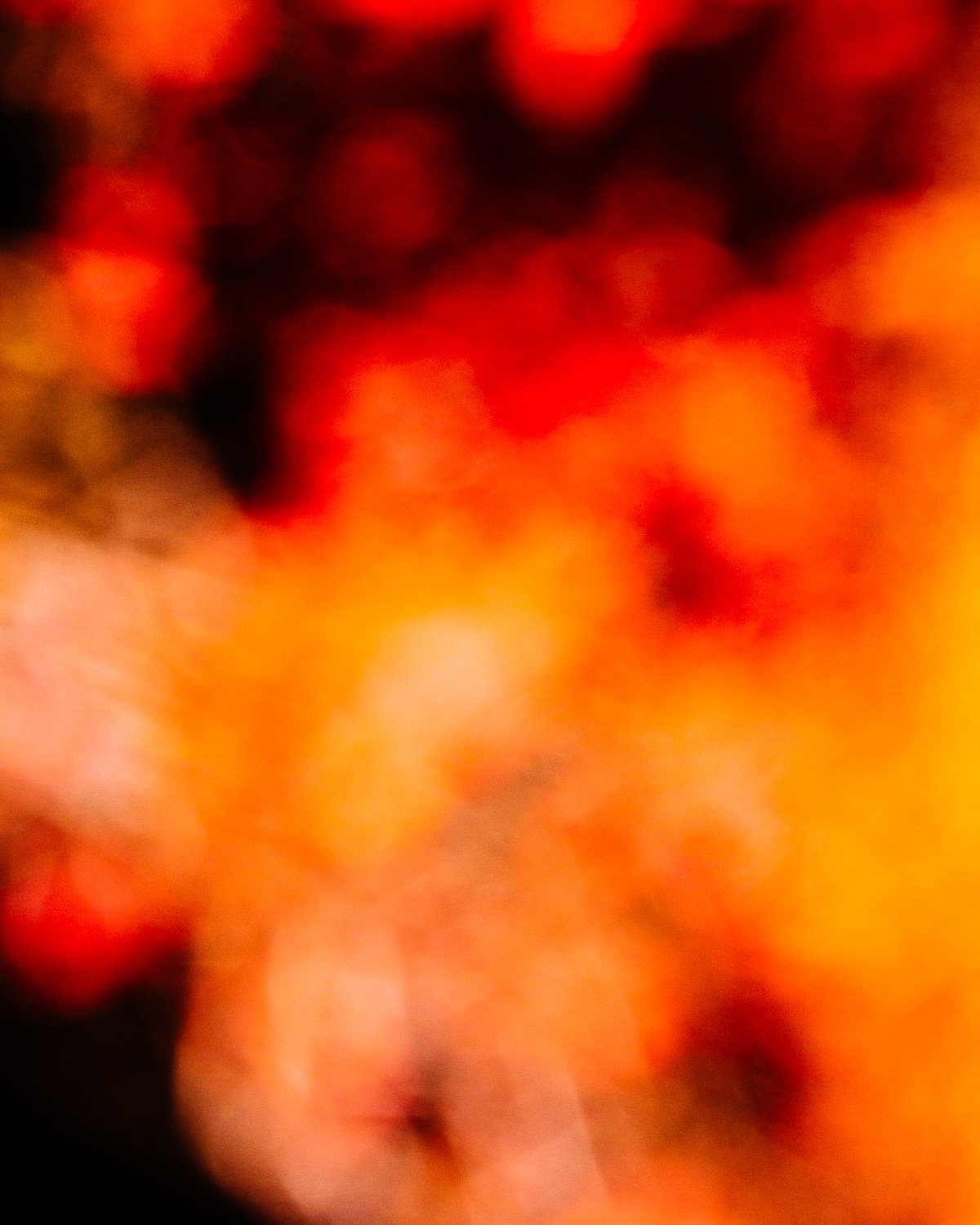
Learning to See
-
Have you ever noticed how people look at art? How they interact with it, gaze at, lean toward it. How they try to connect with it from different angles. How some glance while shuffling by barely consuming one image before starting on the next. Observing people looking at art was my first lesson in learning to see. Part of these behaviours is the fascinating aspect of how a fraction of an entire image is able to grasp one's attention. I've experienced where a shadow, colours, minor objects, even the brush strokes, can be more interesting than the whole.
For years I've been printing and hanging my photographs as an exercise to better understand my own work. You cannot deny there are differences seeing something in print rather than on a screen; this was my second lesson in learning to see. I observed my prints as I would any art, keeping notes on areas or details which attracted my attention. On occasion I would stand and stare at the prints, allowing my thoughts to wander as a meditative approach to understanding and appreciating. Each new season brought new images, with the previous ones being stored away in a box.
While reading an article by Walter Benjamin entitled "The Work of Art in the Age of Mechanical Reproduction" (1973), there was one paragraph which resonated with me
"The enlargement of a snapshot does not simply render more precise what in any case was visible, though unclear: it reveals entirely new structural formations of the subject."
Enlargement, is this what people are doing when I observed them looking at art? Is there a behaviour of essentially enlarging with the naked eye? Curious about this and the potential for new structural formations I took out my old prints, found the accompanying notes, then began photographing the sections and details which I had found interesting; enlarging these areas using a camera. I printed a selection of these new enlargements and began the observation period again, sometimes repeating the enlargement process again and again; the deepest I've gone was seven enlargements from a single detail on a print. [^ One of the most significant factors in this process turned out to be the paper, paper qualities (material, texture, colour etc) will show in subsequently enlargements and prints.]
Early on I referred to these new works as EXTRACTIONS, more or less flat enlargements much the same as a photocopier could do, but achieved with a camera. I continued to experiment as I photographed more prints, and here it was that I began to explore structural formations in a way that could not be achieved by the naked eye; this was another lesson in learning to see. Learning to see takes patience and perseverance, you need to slow down, reflect, and experiment.
The goal of the process was not about finding answers to the behaviours of art viewing. Nor was it about discovering what makes one detail more interesting than another. This process evolved into a practice of producing new work which reflected an experience beyond what is conventionally presented in photography, and that is learning to see.















